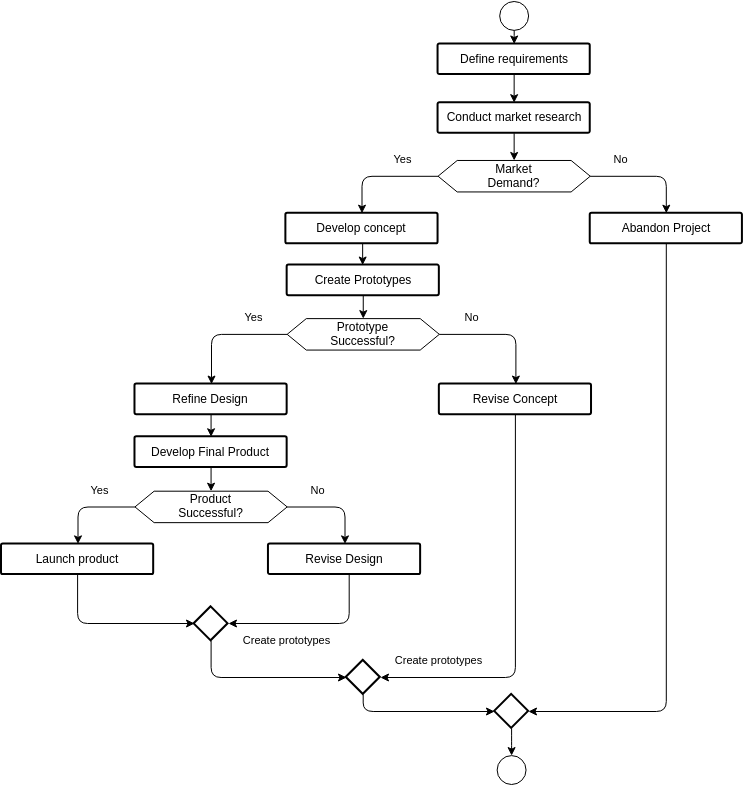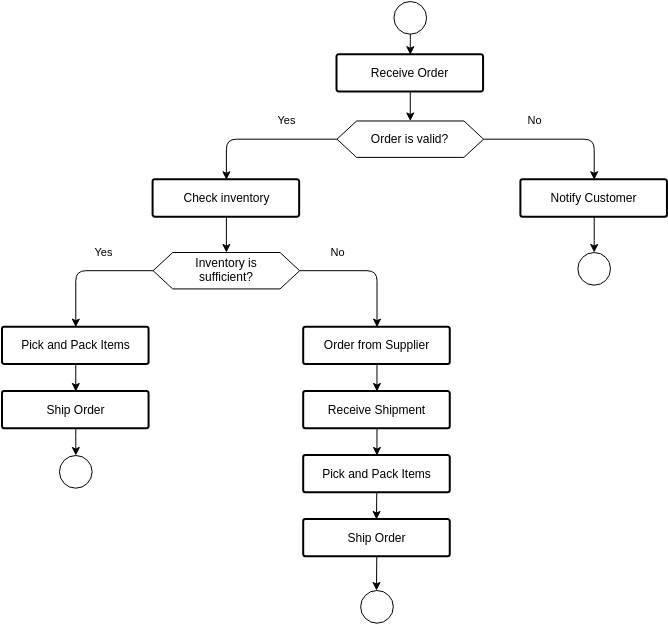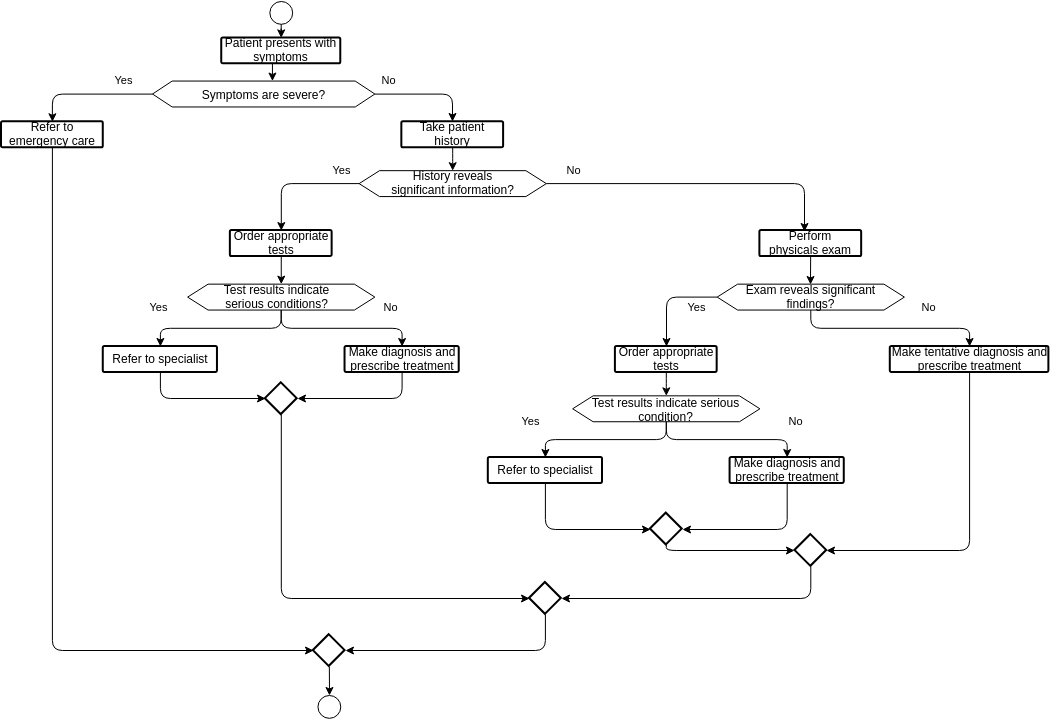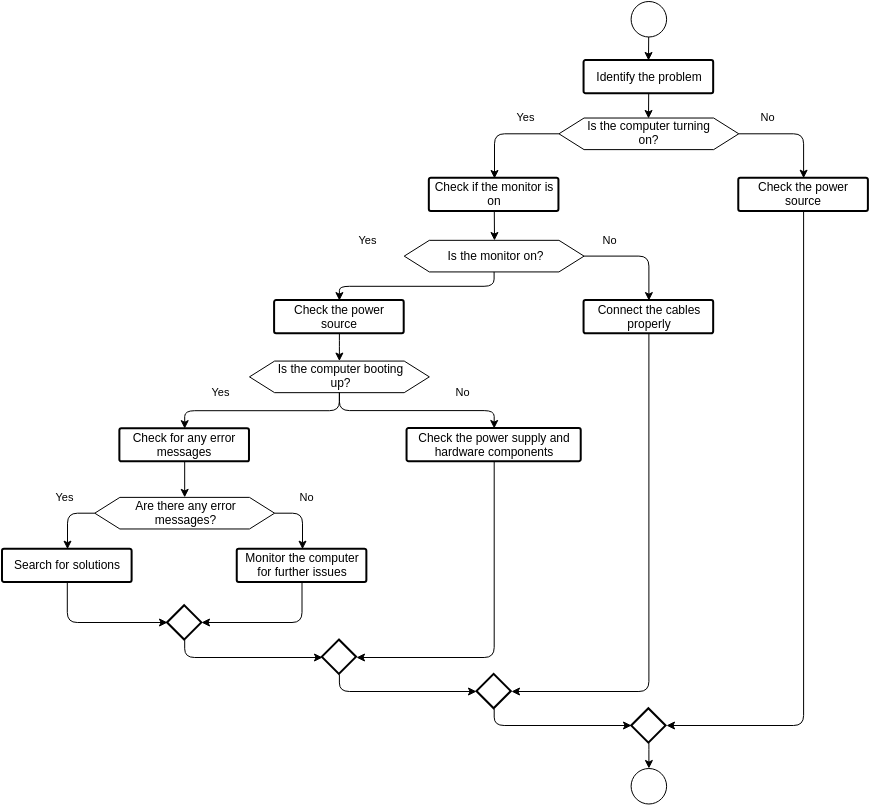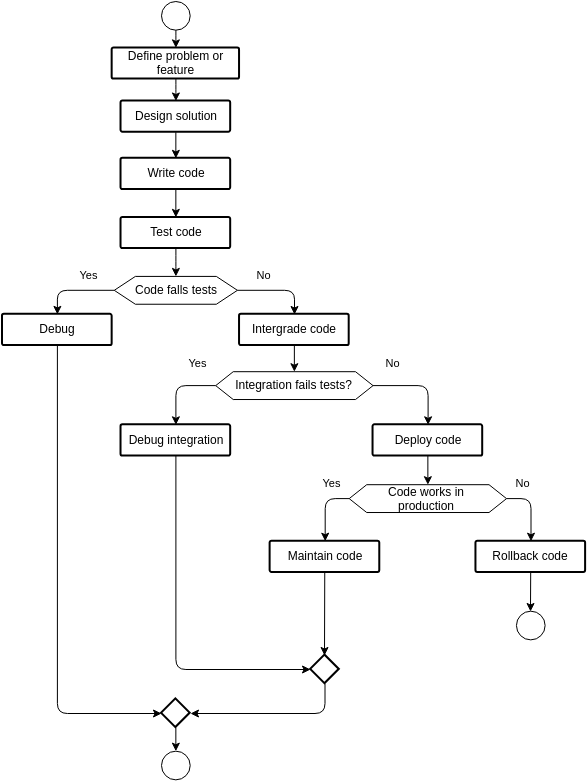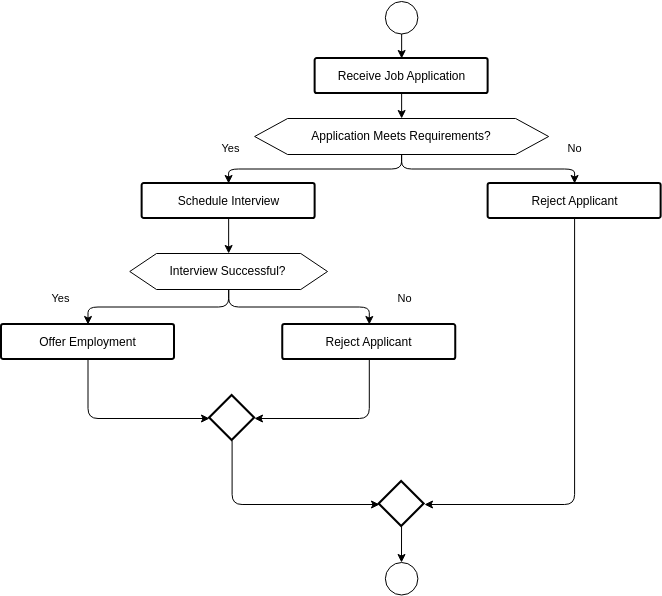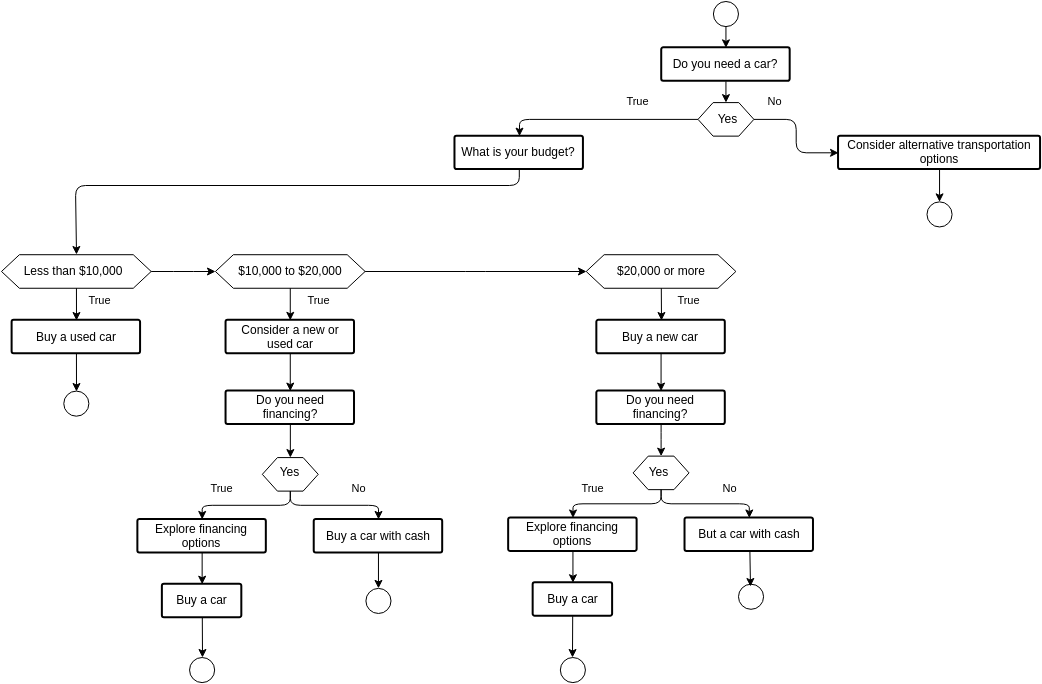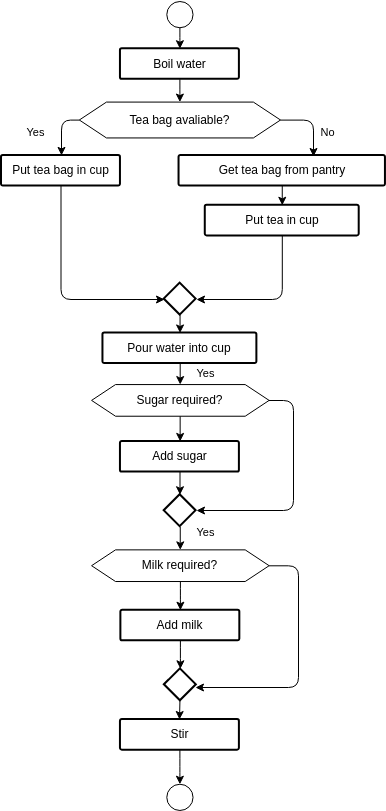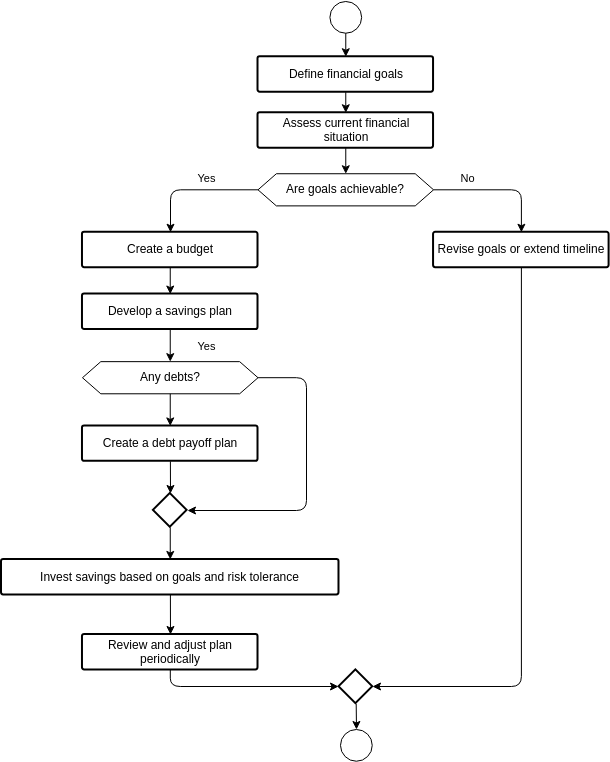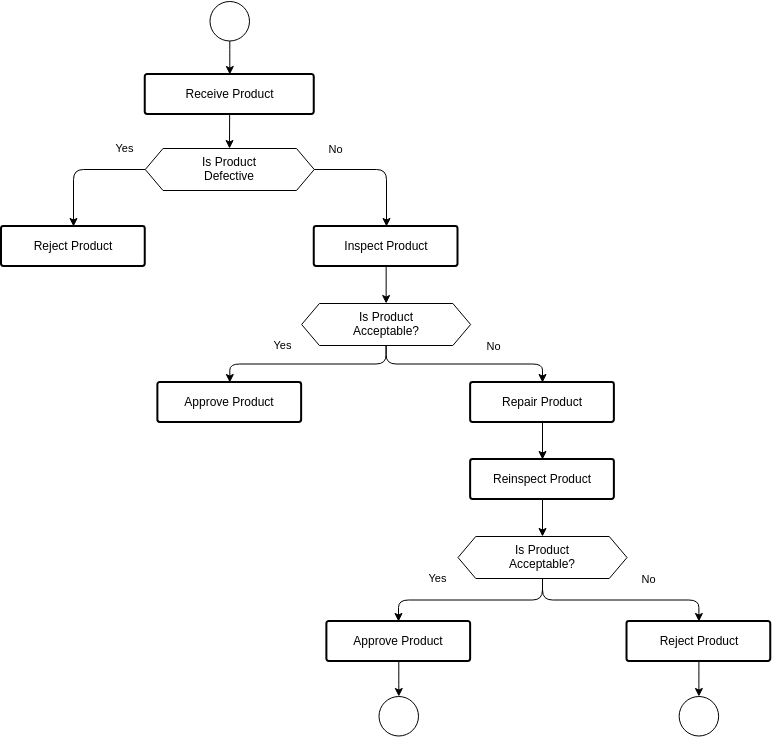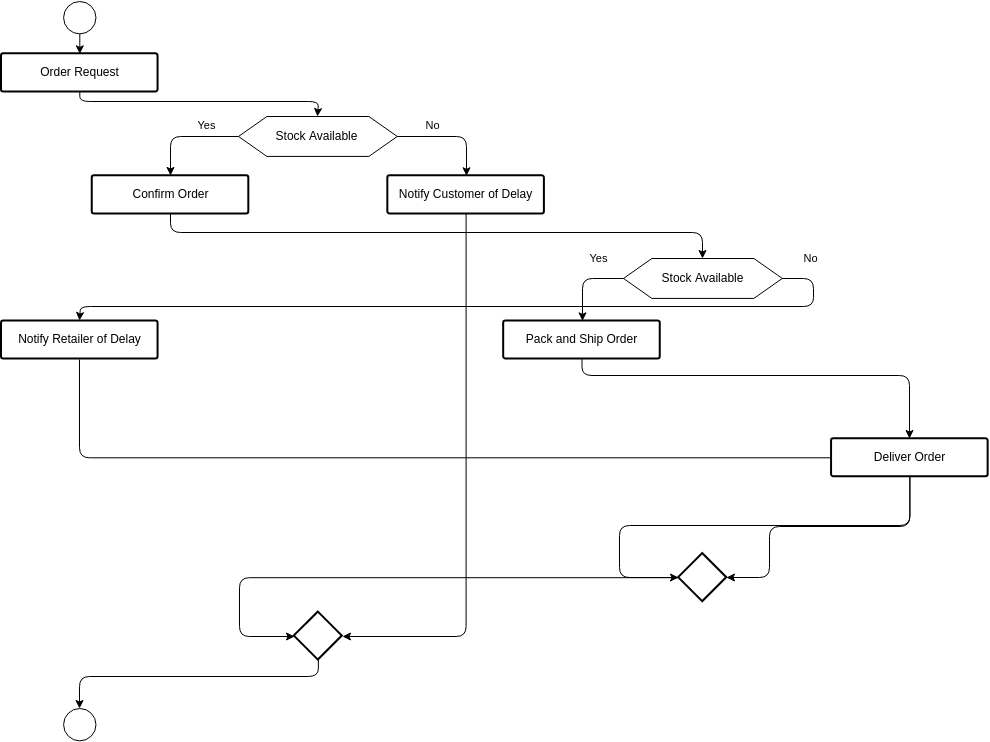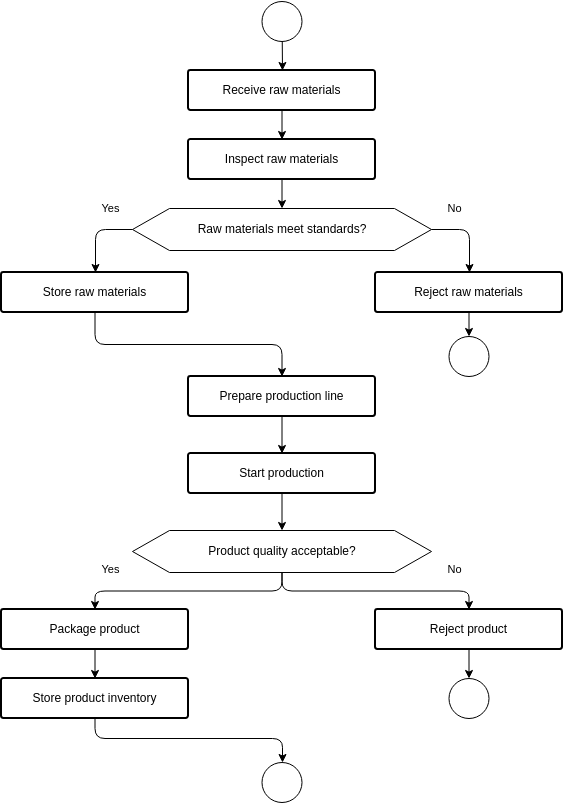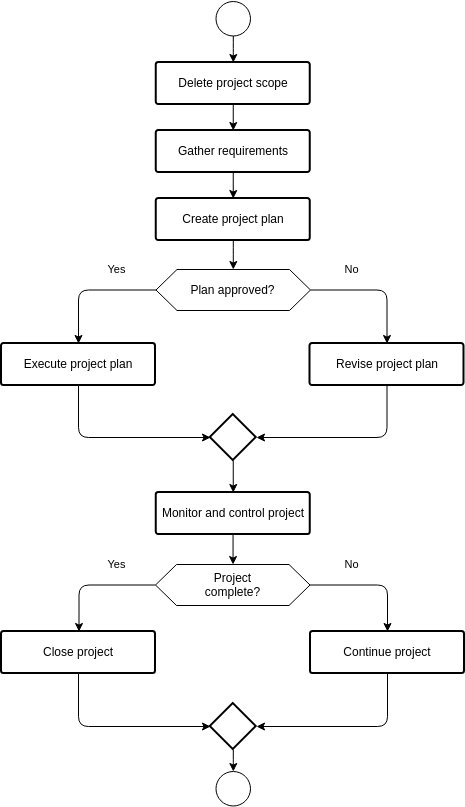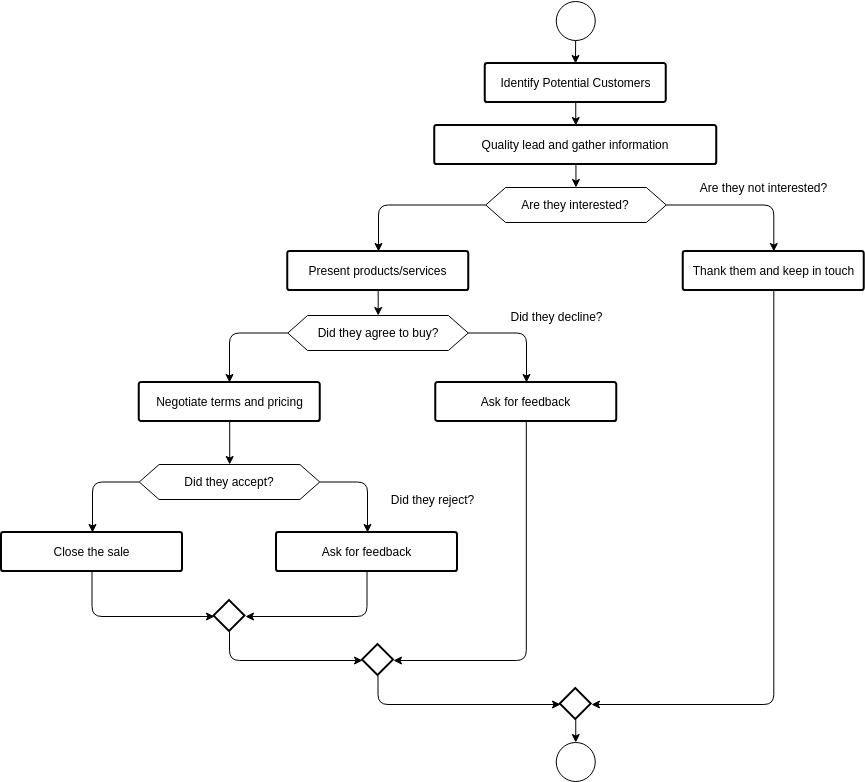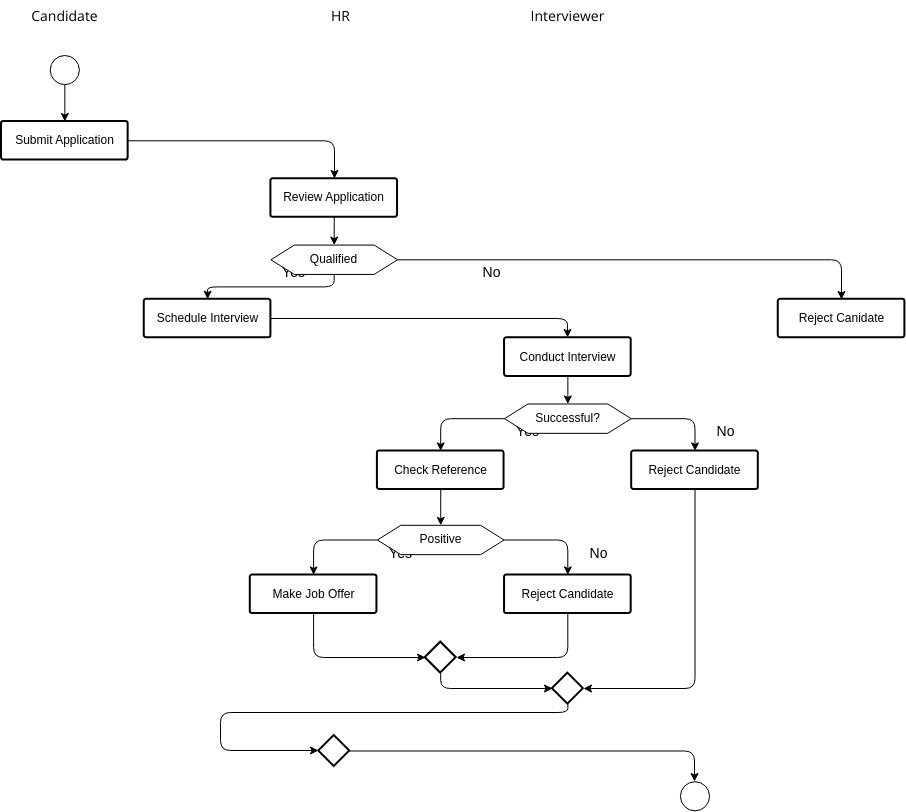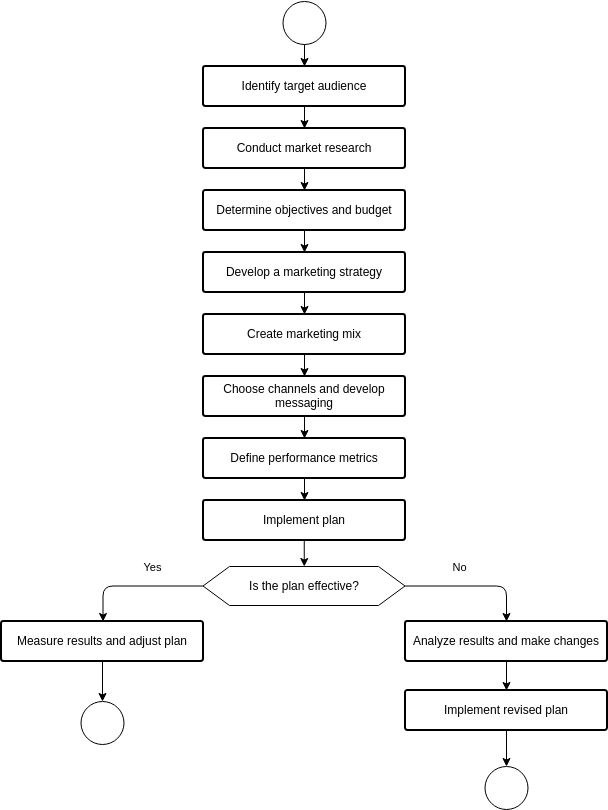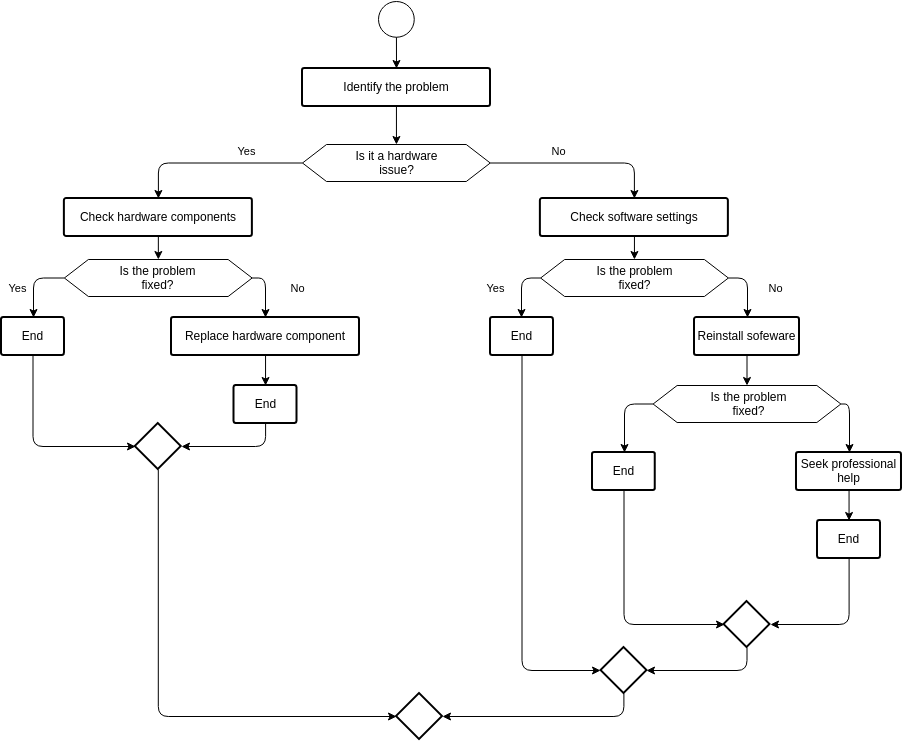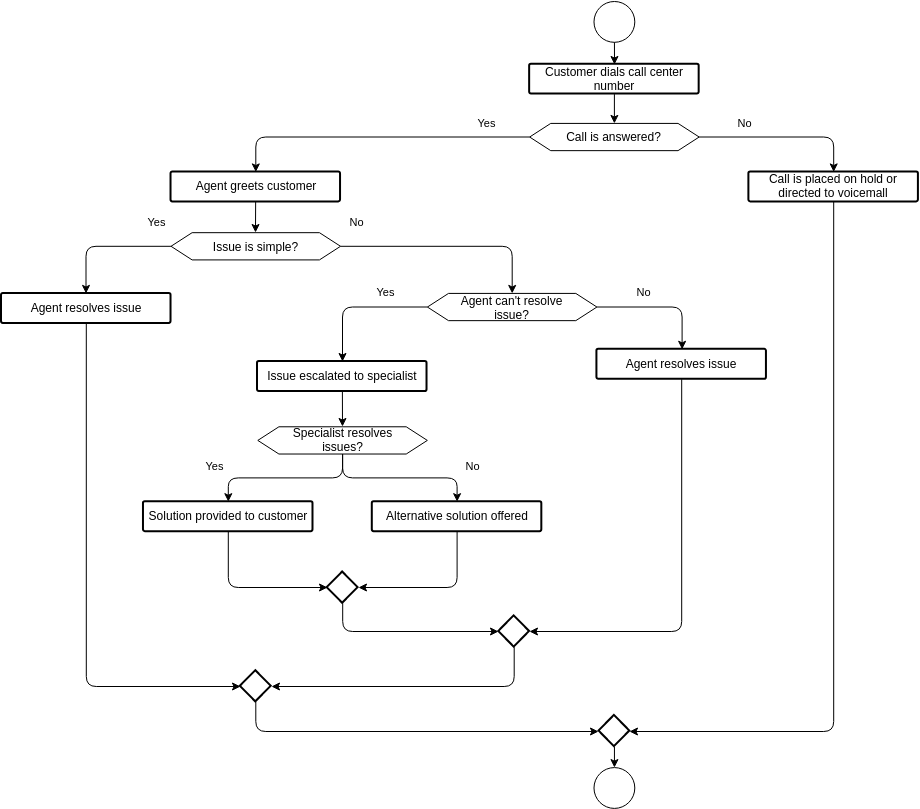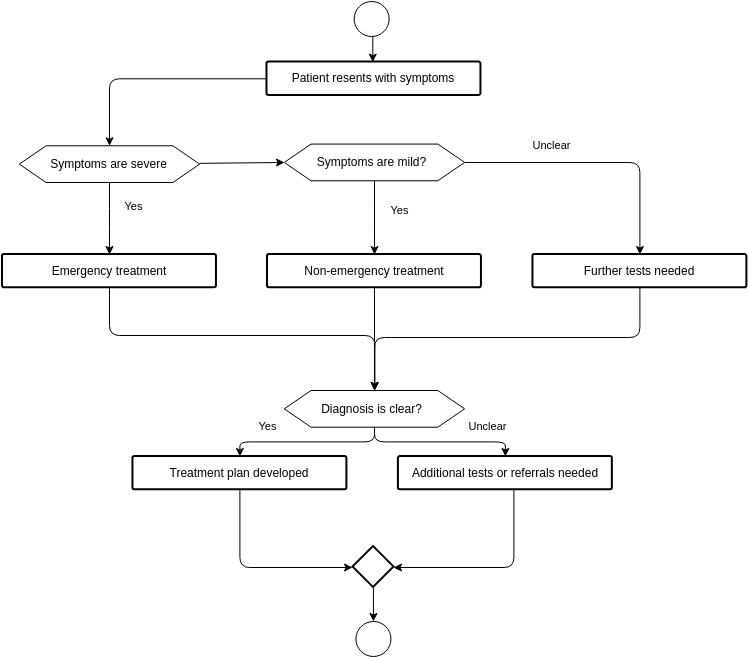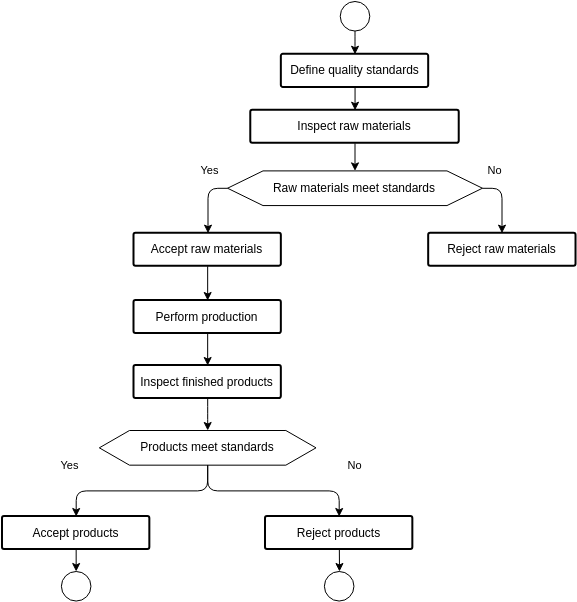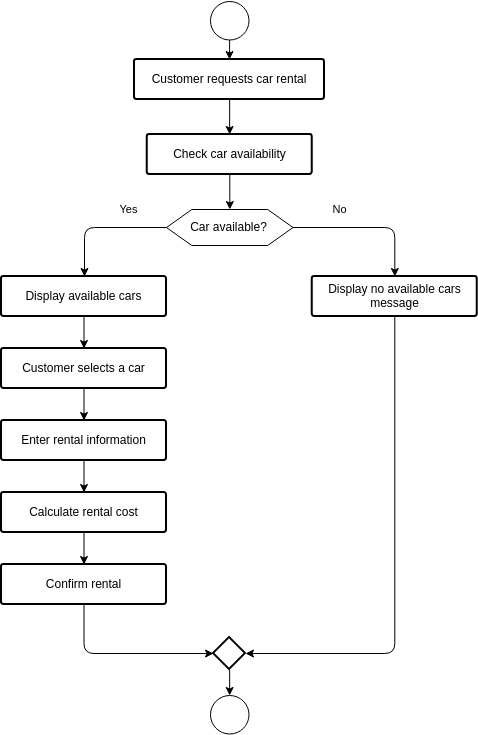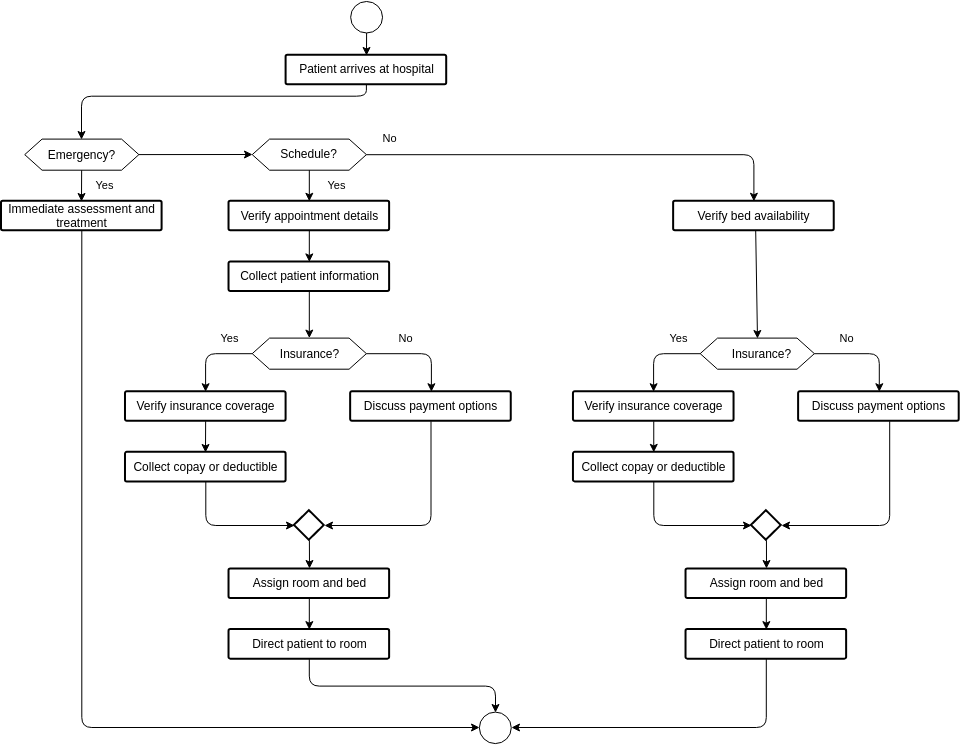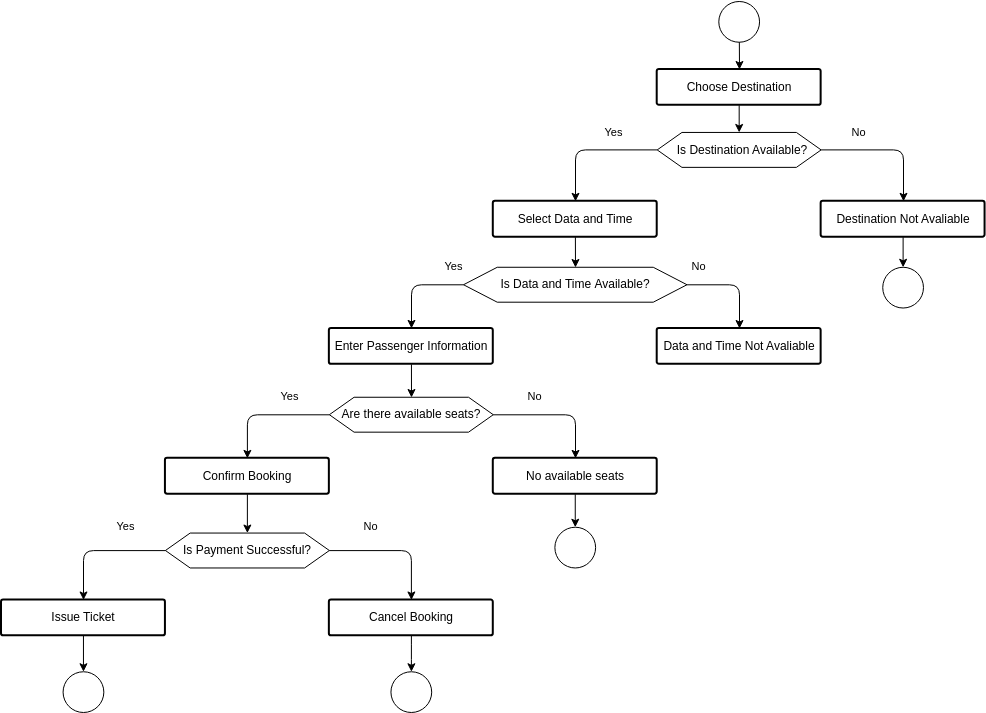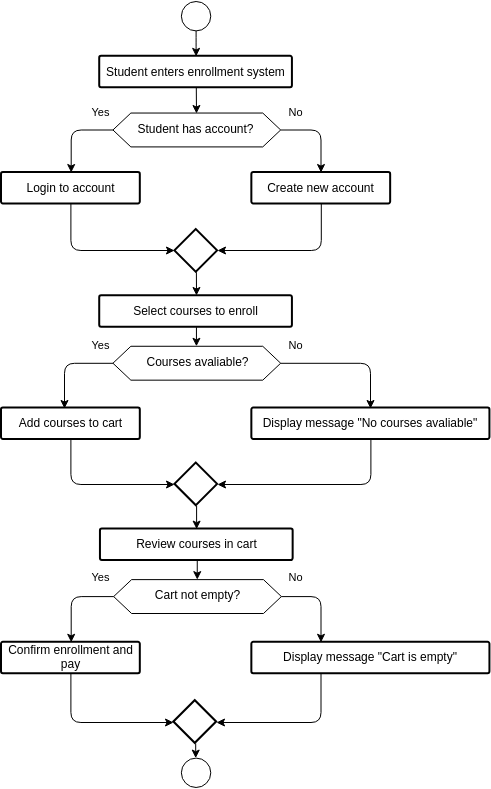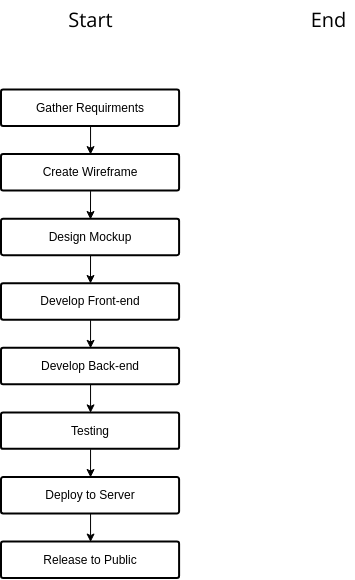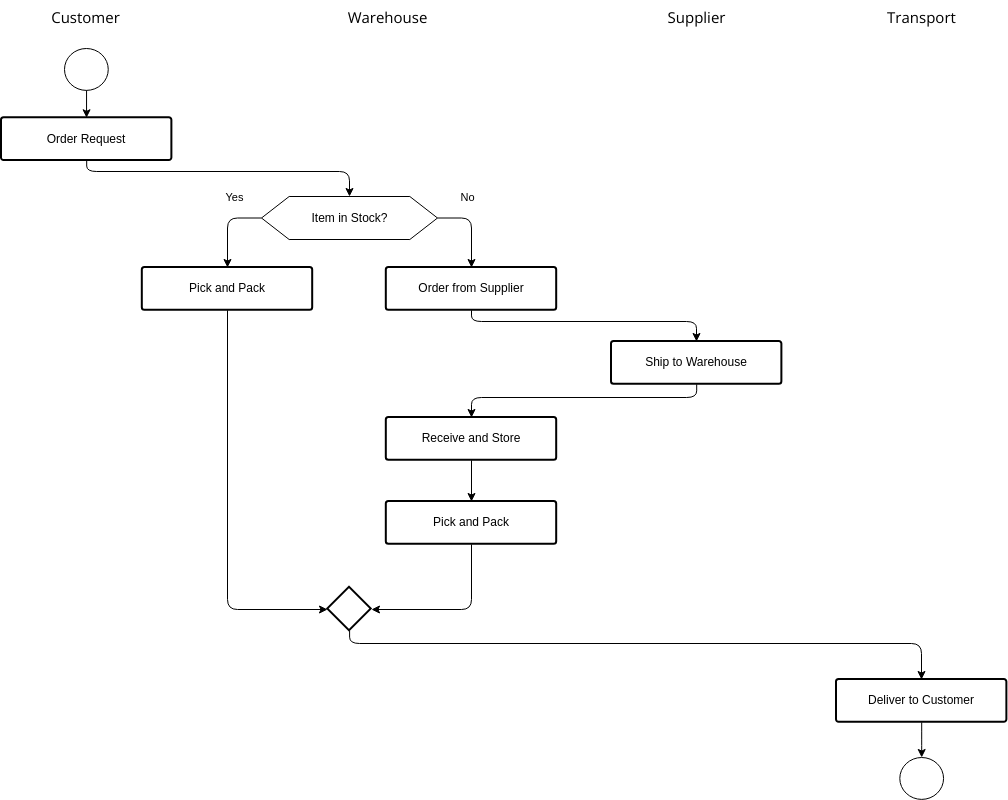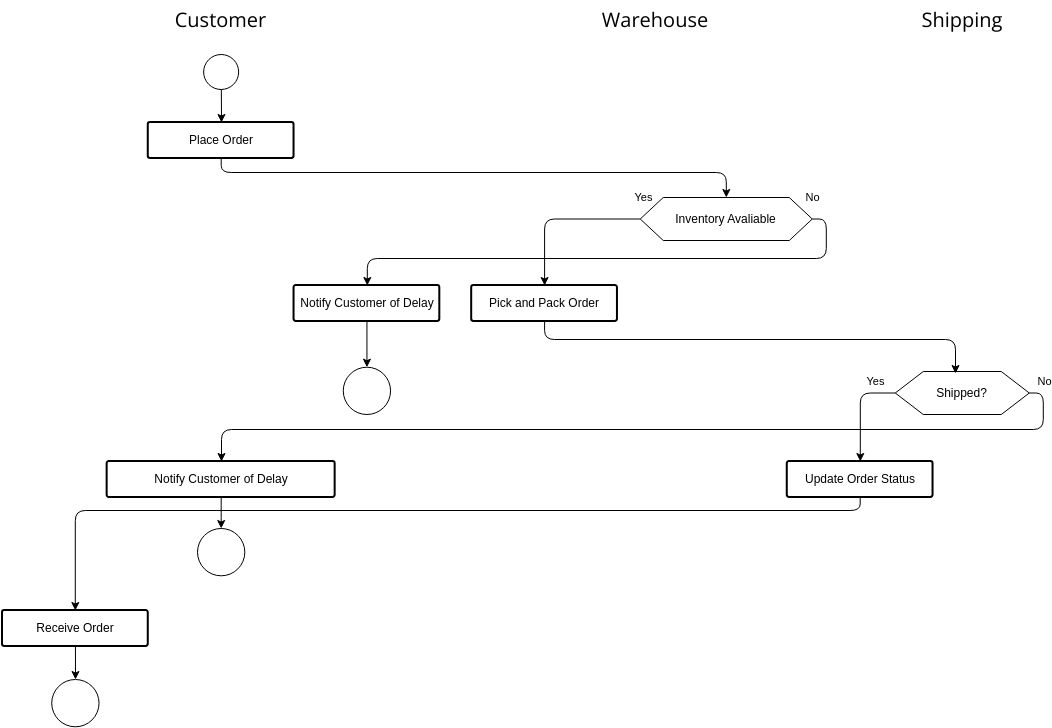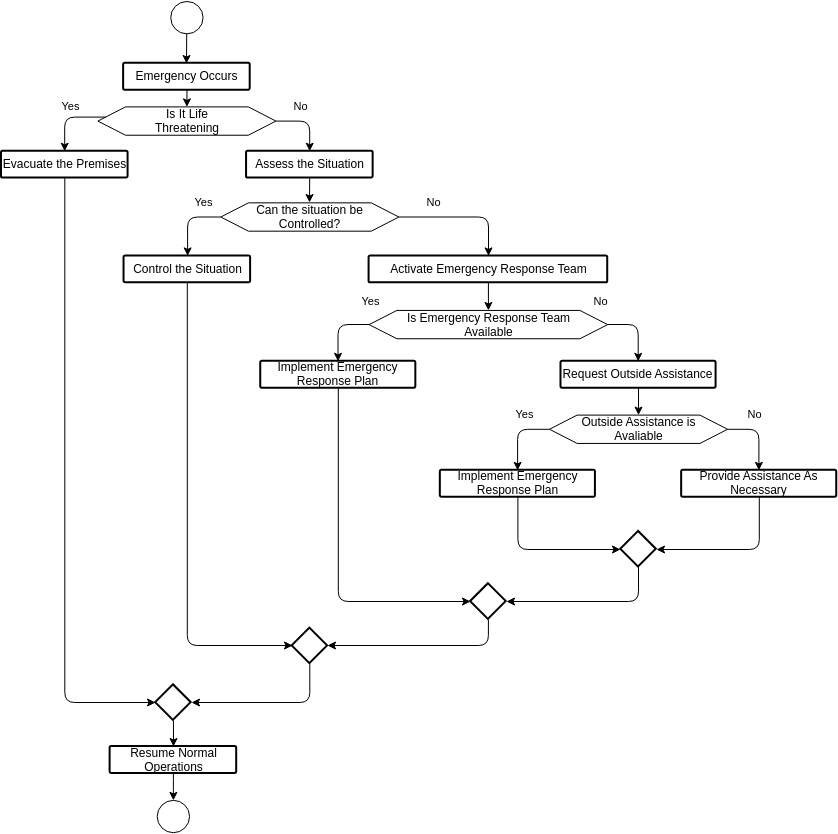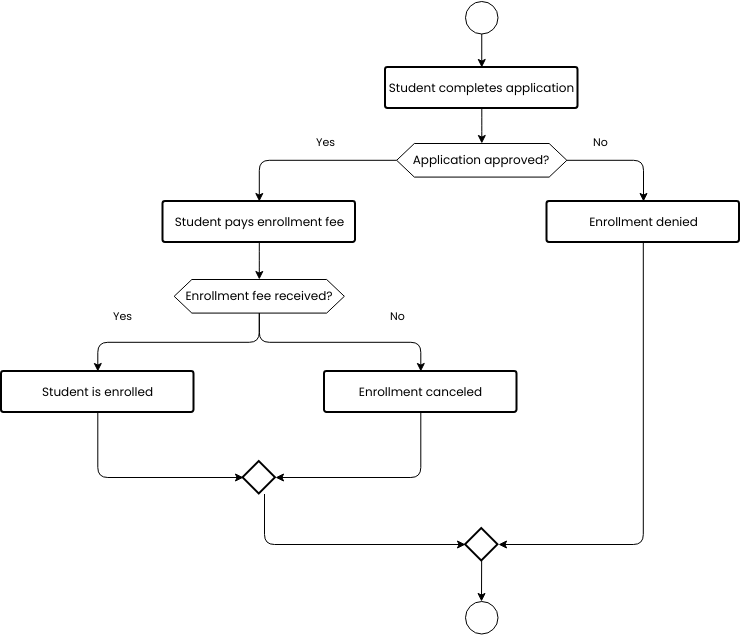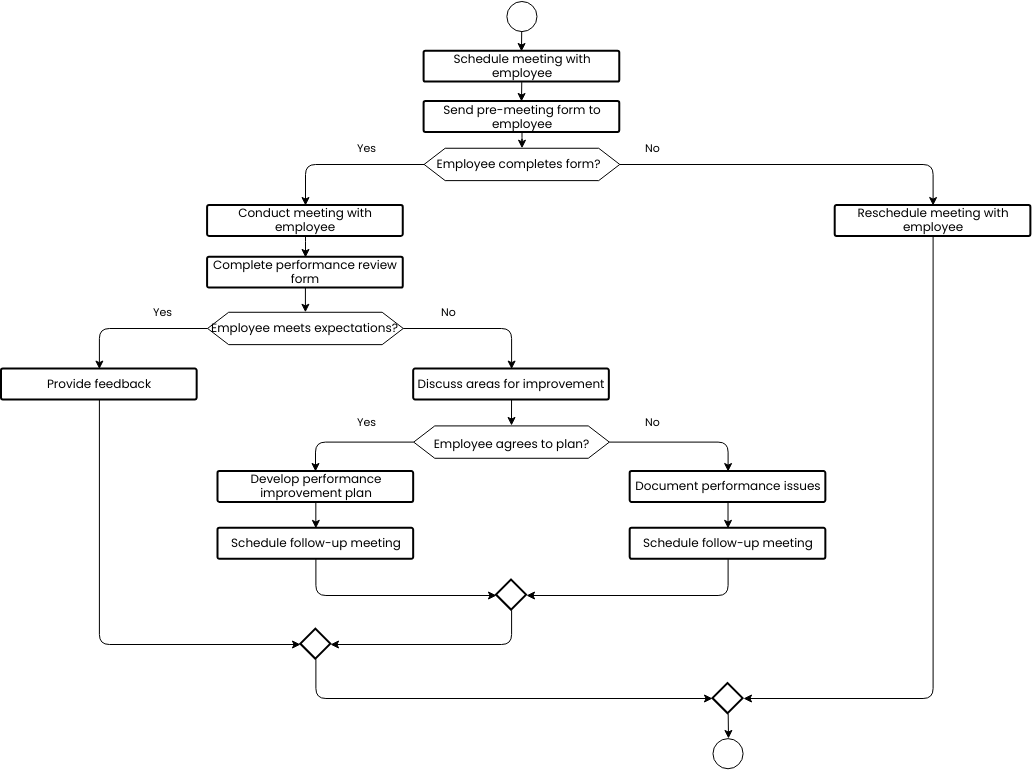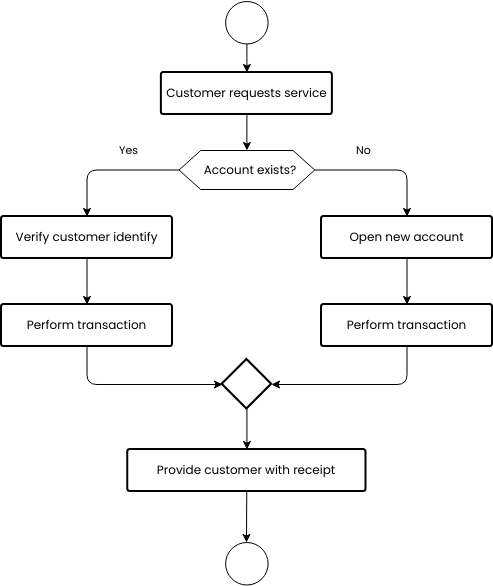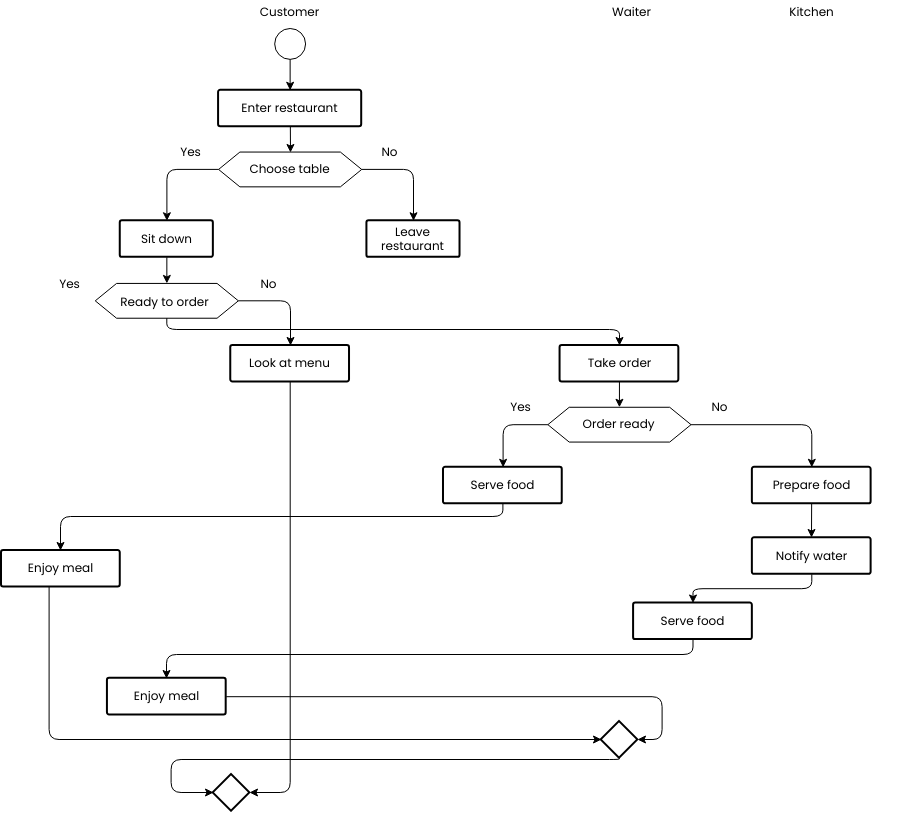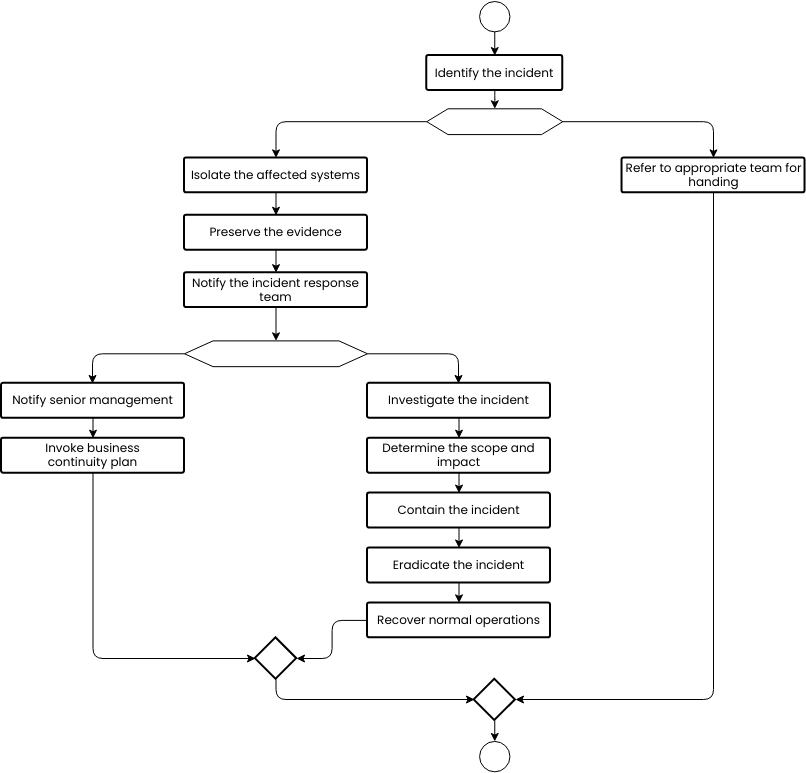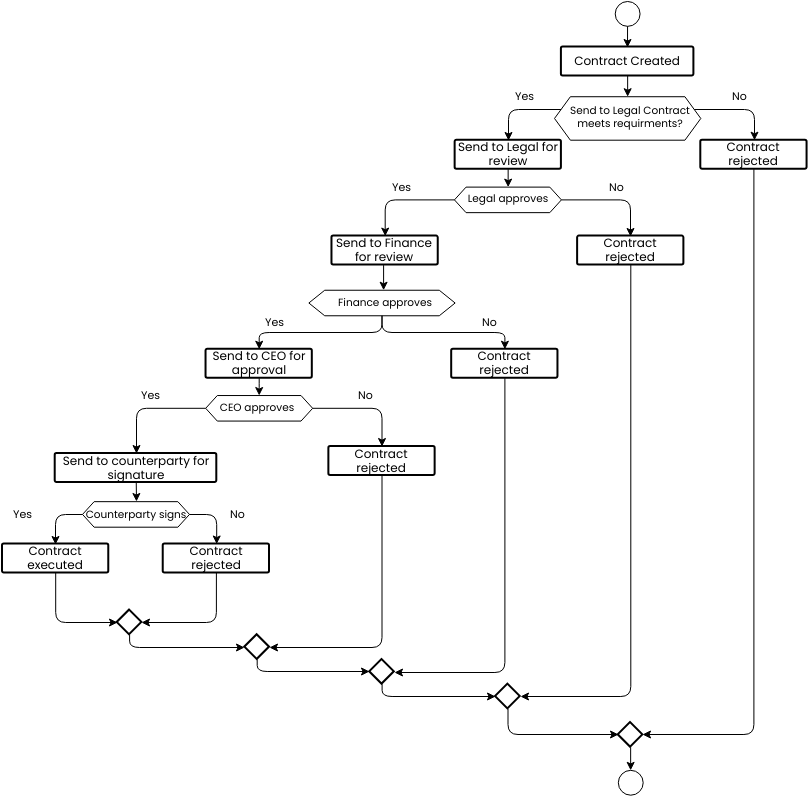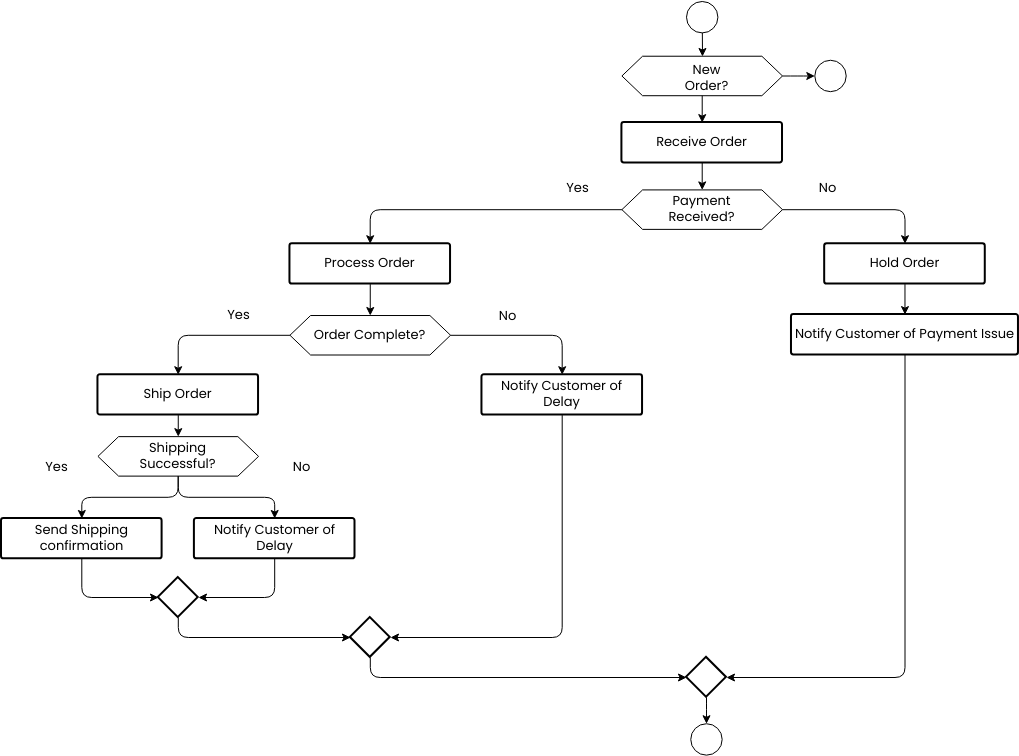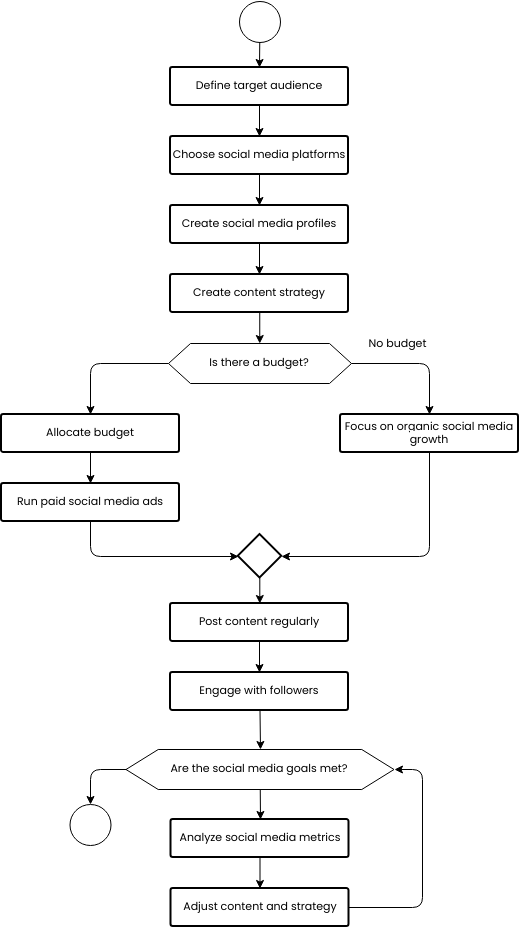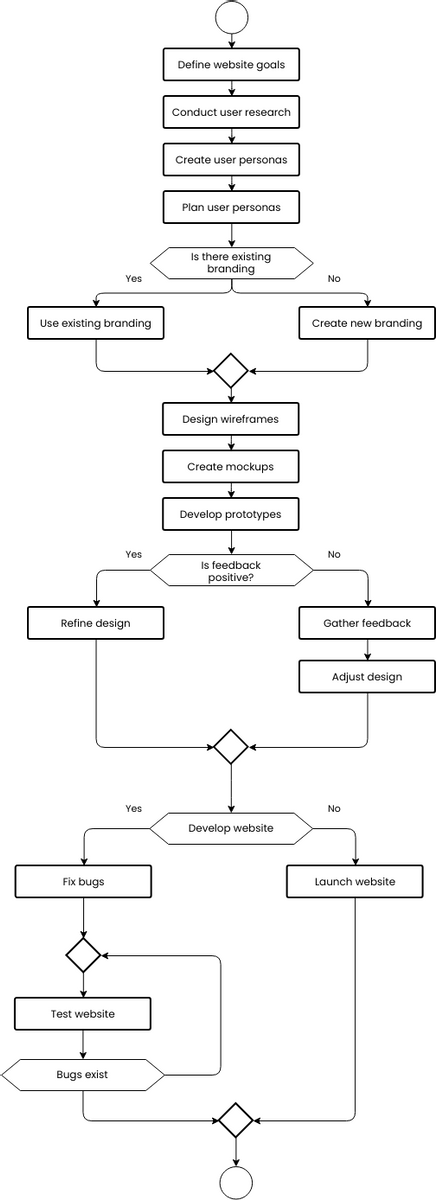Social media marketing flowchart
The Social Media Marketing Flowchart provides a clear process for businesses to follow when creating an effective social media marketing strategy. The first step is to define the target audience. By identifying the demographics, interests, and behaviors of the target audience, businesses can create content that is relevant and engaging, increasing the likelihood of engagement and conversions.
Once the target audience is defined, businesses should create social media profiles. This involves choosing the appropriate social media platforms for the business and creating profiles that are visually appealing and consistent with the business's brand. By creating social media profiles, businesses can establish a presence on social media and reach their target audience.
After creating social media profiles, businesses should develop a content strategy. This includes the types of content to be created and the frequency of posting. By creating engaging and informative content, businesses can increase engagement and conversions on social media.
The next step is to post the content on social media. This involves scheduling posts at optimal times to reach the target audience. By posting content on a regular basis, businesses can keep their followers engaged and informed about their products and services.
After posting content, businesses should monitor their social media accounts for comments and messages and respond in a timely and professional manner. By engaging with their followers, businesses can build relationships with their audience and increase customer loyalty and retention.
Finally, businesses should track metrics to analyze the results of their social media marketing efforts. This includes engagement rates, followers, and conversions. By tracking metrics, businesses can identify areas where improvements can be made and optimize their social media marketing strategy for maximum impact.
Overall, by following the Social Media Marketing Flowchart, businesses can create a successful social media marketing strategy that engages their target audience and increases conversions. By defining the target audience, creating social media profiles, developing a content strategy, posting content, responding to comments and messages, and tracking metrics, businesses can establish a strong social media presence and build relationships with their audience.
Benefits of creating social media marketing flowchart
Creating a social media marketing flowchart can be highly beneficial for businesses. By following a clear process, businesses can create a focused and effective social media marketing strategy that engages their target audience and increases conversions. The flowchart can help businesses save time and increase efficiency by eliminating unnecessary steps and ensuring that all steps are completed in a timely and efficient manner. By creating consistent and high-quality content, businesses can increase engagement and conversions on social media.
The social media marketing flowchart can also help businesses measure the success of their social media marketing efforts. By tracking metrics and analyzing the results, businesses can identify areas where improvements can be made and optimize their social media marketing strategy for maximum impact. By creating a clear process, businesses can easily repeat the steps for future campaigns, saving time and ensuring consistency. Overall, the social media marketing flowchart can help businesses establish a strong social media presence, build relationships with their audience, and increase brand awareness, customer loyalty, and business growth.
Searching for some flowchart templates? Go to Visual Paradigm Online and select some designs for customization now!


